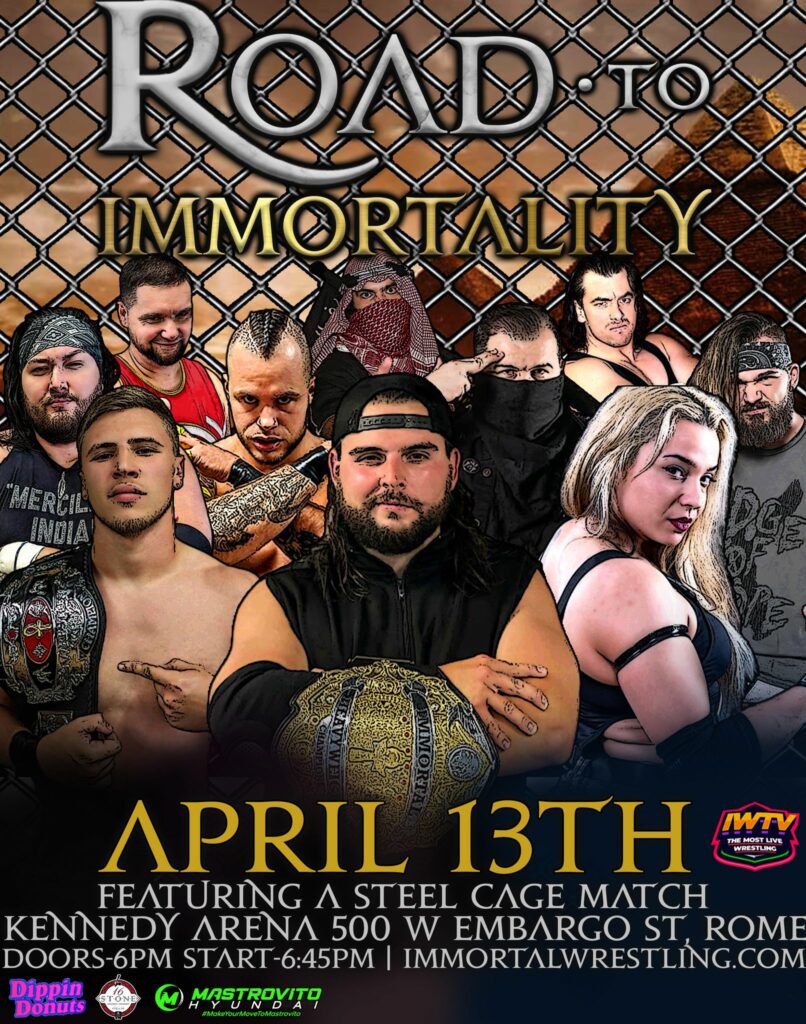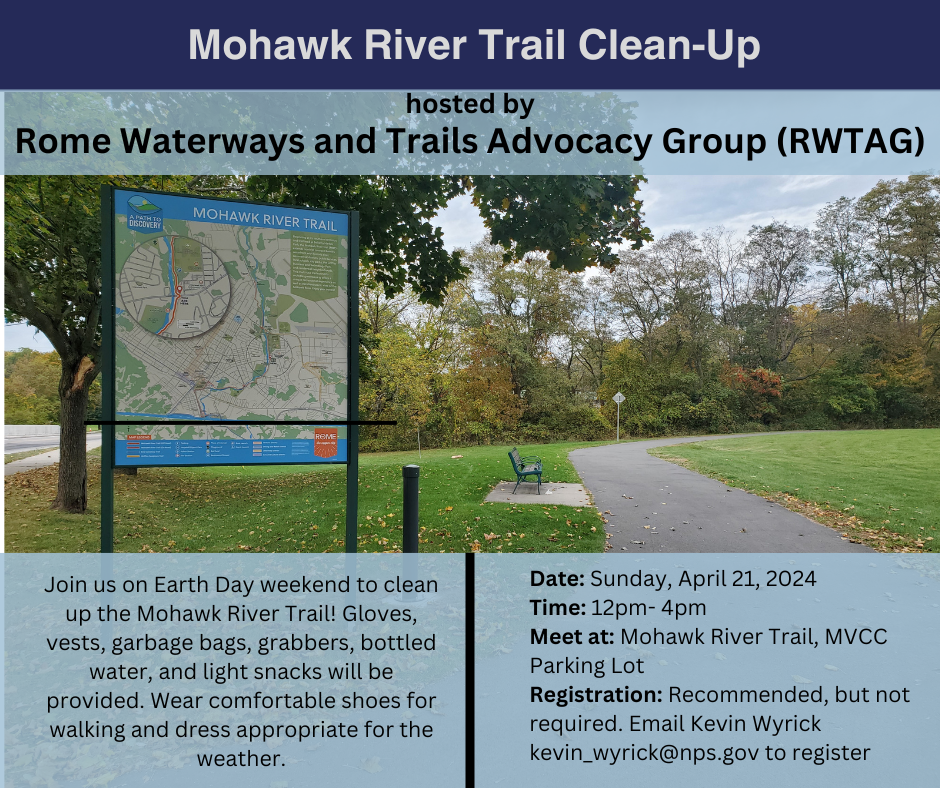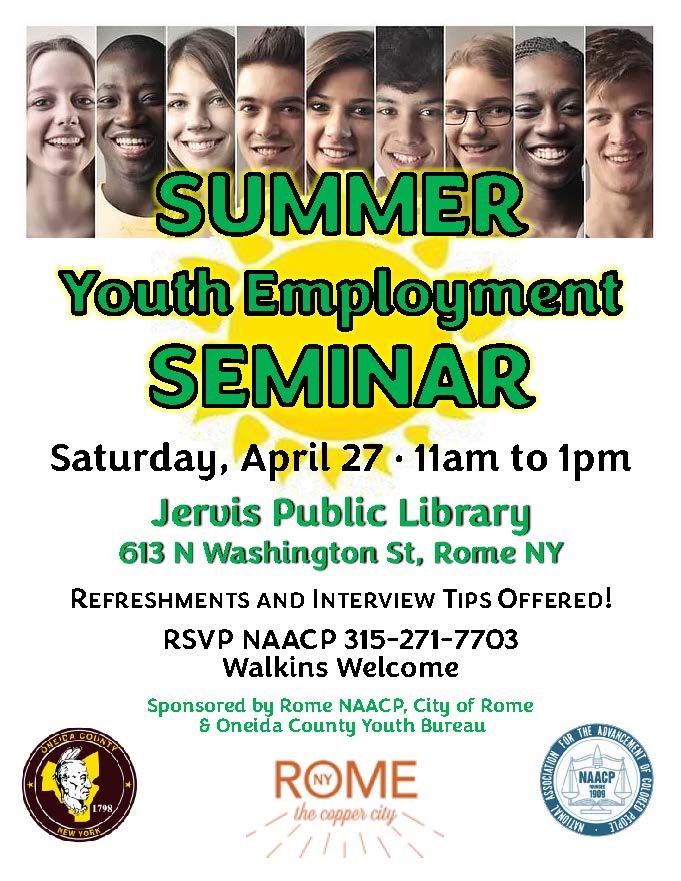Q: How can I tell if a tree is on my property or property of the City?
A: A good rule of thumb for those in the inside district is that any tree growing between the sidewalk and the curb is indeed the responsibility of the city. In many cases, our right of way even extends beyond the sidewalk. In cases such as alleys or outside district situations, the right of way may only extend a foot or two beyond the pavement. Give us a call, and we will gladly make the measurement and determination.
Q: I’ve noticed that the city has been planting a lot of trees. When will trees be planted on my street?
A: We are more than happy to plant a tree in our right of way in front of your property! It is part of our mission to develop a well-distributed and diversified urban canopy, and chances are that your property is a great spot to plant. Simply call the Department of Parks, Recreation and Community Activities to sign up for a tree. The city plants trees in the spring and fall based upon residential requests and city-wide priorities. Typically, requests are satisfied on a first-come, first-served basis.
Q: I’m having some issues with my tree. What do I do?
A: Give us a call. Once your request is filed, we’ll be out to inspect your tree/site. If we determine that the tree is city property, then we will perform a complete inspection and determine a course of action. In some cases, a routine pruning can improve the health and structure of your tree. In other cases, the remedy may include removal, aeration, hydration, or fertilization. Either way, you will receive a completed inspection form in your door (or by mail) with our recommendations and estimated timeframe for action.
Q: What are those crazy flowers on the boulevard?
A: You are probably referring to our Canna lilies. They come in many different varieties, and some reach up to nearly six feet in height. We also use Victoria Blue Salvia and Wave Petunias in those beds. We are constantly working to diversify and improve our plantings city-wide, so please give us a call if you have any suggestions.
Q: What’s the best time of year to plant trees? Any pointers on planting?
A: Spring or fall. Many would argue that autumn is the best time of year to plant. The plants are dormant, and withstand the shock of transplanting much better between the months of September and November. Furthermore, the roots will have a head start once the snow melts in the spring. However, spring is also a great time to plant, and some trees – oaks in particular – prefer the spring. April and May are the best spring months to plant around here. Regardless of the season, don’t forget to water and mulch your new trees. For planting tips, check out our web page for some great diagrams.
Q: What type of tree is best for our area?
A: Native trees are arguably the best, for example, Northern Red Oak, Sugar Maple, Red Maple, Birch, Black Cherry, Bur Oak, Basswood, Tamarack, Hemlock, White Pine, Serviceberry, White Ash, Tupelo, and many more. But there are some really great non-native and hybrid trees that will do well here, too, such as Gingko, Star Magnolia, Tree Lilac, Kousa Dogwood, and Kentucky Coffee Tree. The most important consideration is that the tree is hardy to Zone 4 (USDA Hardiness Zone). Check out our main page for some recommended trees for our area. Rome sits on the border of Zone 4b-5a, so in more sheltered, downtown locations, you may be able to get away with a broader variety of ornamental species.
Q: I’ve notice that the City is trimming trees in my neighborhood. Why?
A: Chances are we are responding to a homeowner complaint or request. We also pro-actively engage in routine pruning and maintenance of our trees. One of our most common practices is to maintain vehicle and pedestrian clearances over streets and sidewalks. Concurrent practices include crown cleanings (to remove broken, dead, and diseased wood); structural correction (to mitigate structural problems in the crown); crown thinning or reduction (to redistribute weight and control growth in specific situations); and general hazard mitigation.
Q: Why does National Grid (Niagara Mohawk) leave our trees looking like that?
A: It’s called drop-crotch pruning. Many years ago, both the city and homeowners planted trees under or near primary conductors (power lines) with good intentions. However, these trees matured over 30 feet in height, and cause obstructions. It is the responsibility of National Grid to alleviate these obstructions in order that customers receive uninterrupted electric service to their households.
We have learned from this, and modified our planting practices accordingly. These days, when we plant, we specifically select only utility-friendly trees to plant under primary conductors. That is, trees we plant under power lines have a mature height of less than thirty feet. This way, street trees and power lines and co-exist without compromising service or beauty.
Some trees that we like to use under wires are Serviceberry, Flowering Crabapple, Japanese Tree Lilac, Eastern Redbud, Cornelian Cherry Dogwood, Amur Maple, St. Gregory Hedge Maple, American Smoketree, Canada Red Chokecherry, Jack Callery Pear, and Globe Black Locust.
Q: I notice the City has been removing a lot of trees lately. Why?
A: We are, indeed, and we will continue to remove hazardous trees throughout the city as part of our risk management program. Each tree is inspected and determined to be either: a serious threat to life, property, and/or infrastructure; an impediment to street, sidewalk, or utility construction, or; a public nuisance. Each year, we remove roughly 100-150 street, park, or municipally-owned trees. Seven out of ten trees we remove are Silver Maples.
In response to losing a significant portion of our urban canopy to tree removals and wind events, we sustain an aggressive tree planting and replacement program. The City of Rome, for the past five years has planted an average of 300 trees per year on our streets and in our parks, in addition to new shrub, perennial, and flowerbed installations. Conservatively, that’s a 2:1 (some years 3:1) planting-to-removal ratio.





